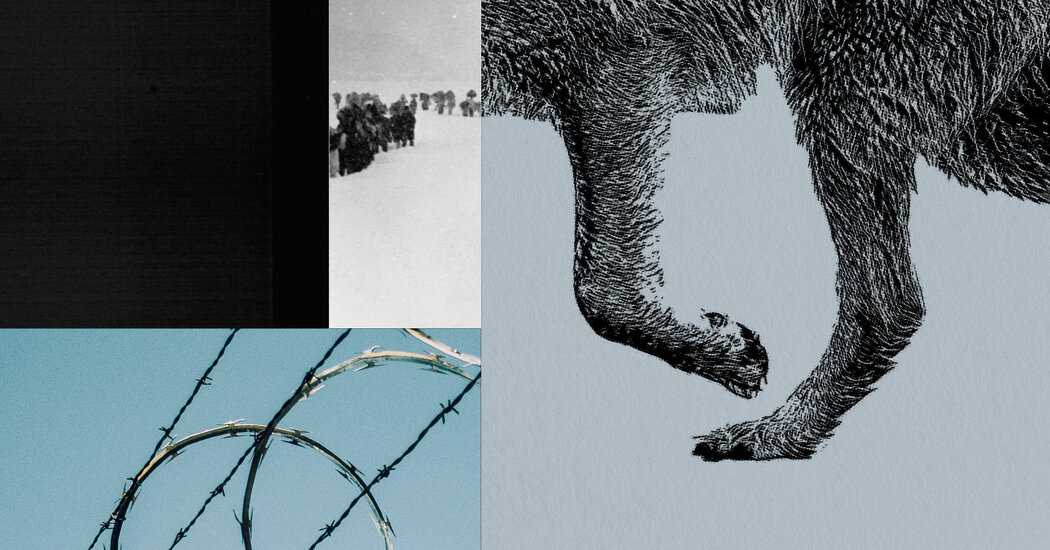Slavc (pronounced sh-lough-ts) was a wolf pioneer. Born in 2010, in southern Slovenia, at a year old he was collared with a GPS tracker by biologists researching wolf behavior. Soon afterward he set out, alone, on a walk of more than a thousand miles through the Alps, in search of the same three things we all want: enough space to live; enough food to eat; a mate.
He crossed Slovenia, and then Austria, and four months later he was in Italy, in the mountains just north of Verona. It was there that he crossed paths with a female on a walkabout of her own. Possibly she came from France, although her exact provenance is unknown. Incredibly, perhaps the only two wild wolves for thousands of square miles had somehow found each other. When they bred, they became the first pack in those mountains for over a century.
Slavc’s journey was astonishing not only in its distance but in how successful he ultimately was. His pack became the basis for the repopulation of these mountains: there are now more than 200 wolves in the region. For my book, “Lone Wolf,” I walked Slavc’s path a decade after him. I wanted to see how those learning to live alongside the wolf were coping with its presence. But there was more to it than that, because the return of wolves is by no means the only change that is facing Europe.
In 2022, when I began my walk, the European Union’s Schengen area, intended to facilitate free movement, was surrounded and subdivided by 1,273 miles of border fences, 19 separate constructions. In 1993, when the union formed after the fall of the Iron Curtain, there were none. At that time, border fences felt practically medieval, but today a new politics is shaping the globe and the European Union’s internal and external borders are hardening by the year.
Wolves have always had a curious way of mirroring human concerns. As I walked Slavc’s trail, I frequently heard wolves and refugees spoken of in the same breath: “I’m not against them, but there’s no room for them here.” “We were here first.” Life in the Alps has always been hard, but just now things feel particularly acute. Climate change; escalating prices for energy and animal feed; young people abandoning rural farms for the cities. Both the wolf and the refugee are being used as scapegoats for complex problems in these hinterlands, with local tensions inflamed by populist politicians chasing the rural vote.


